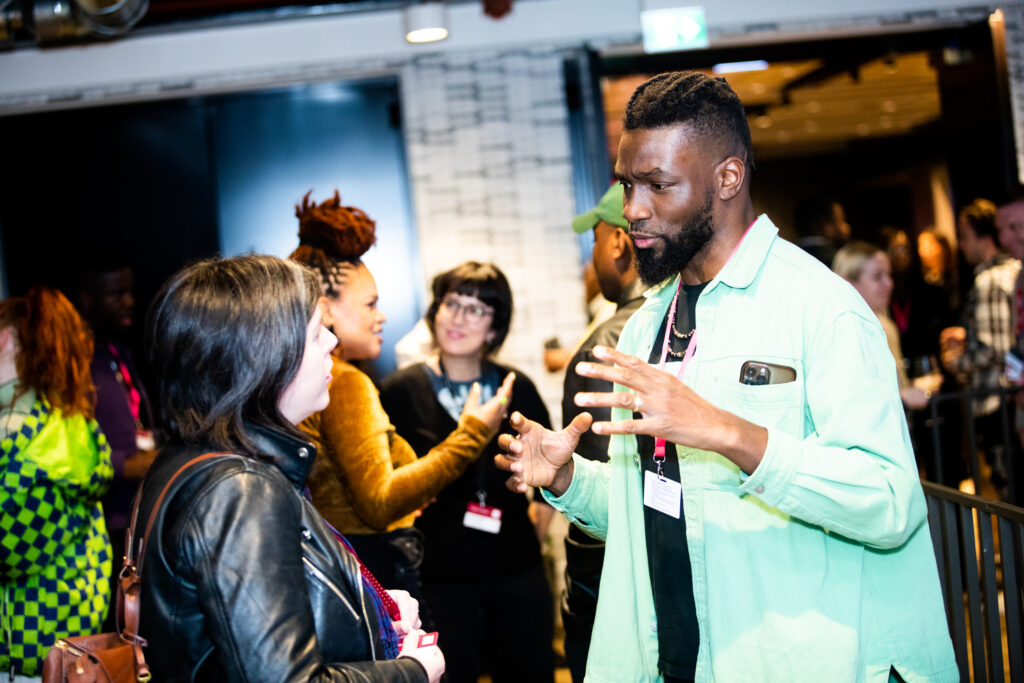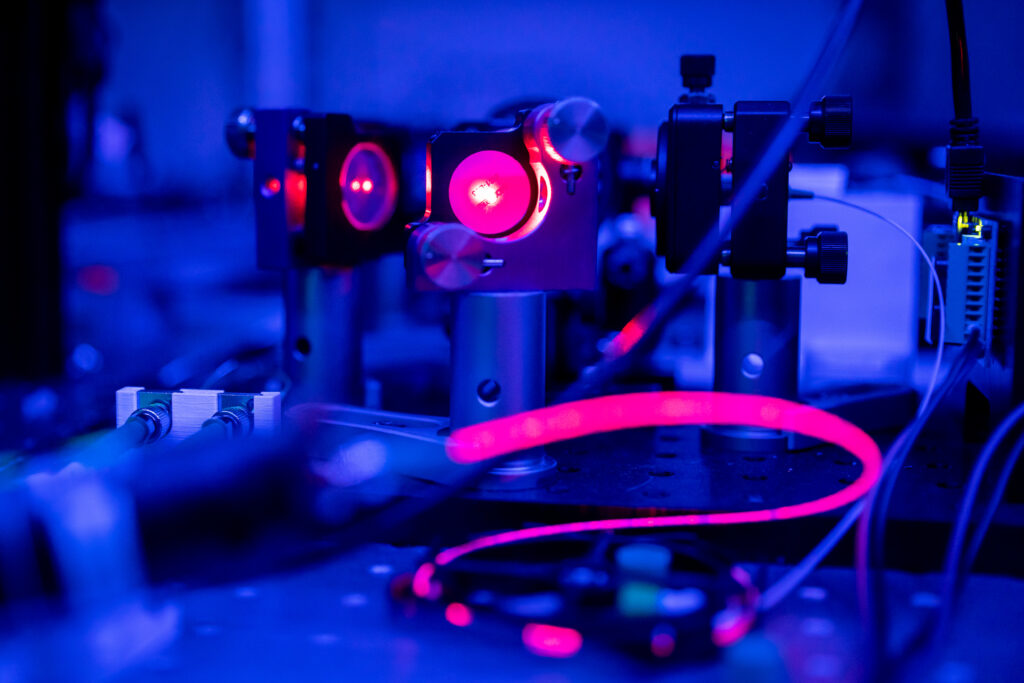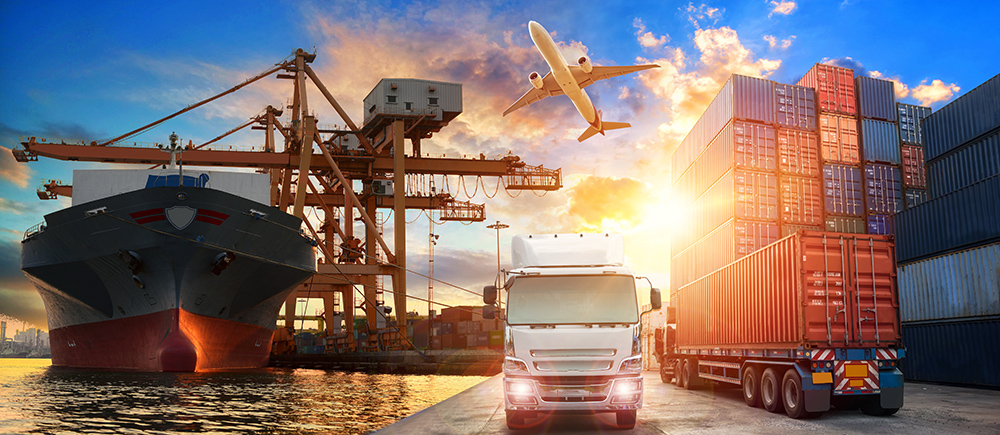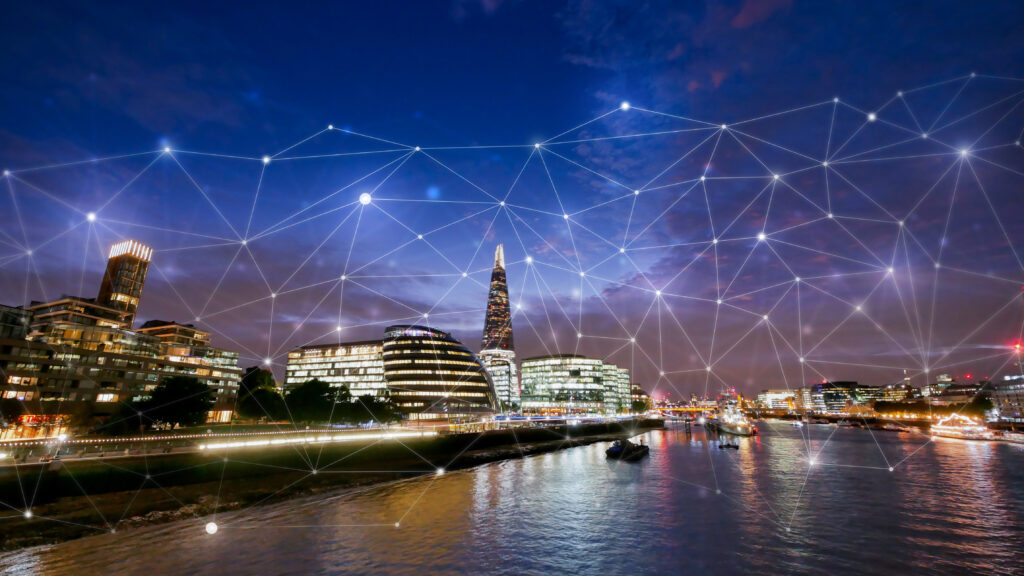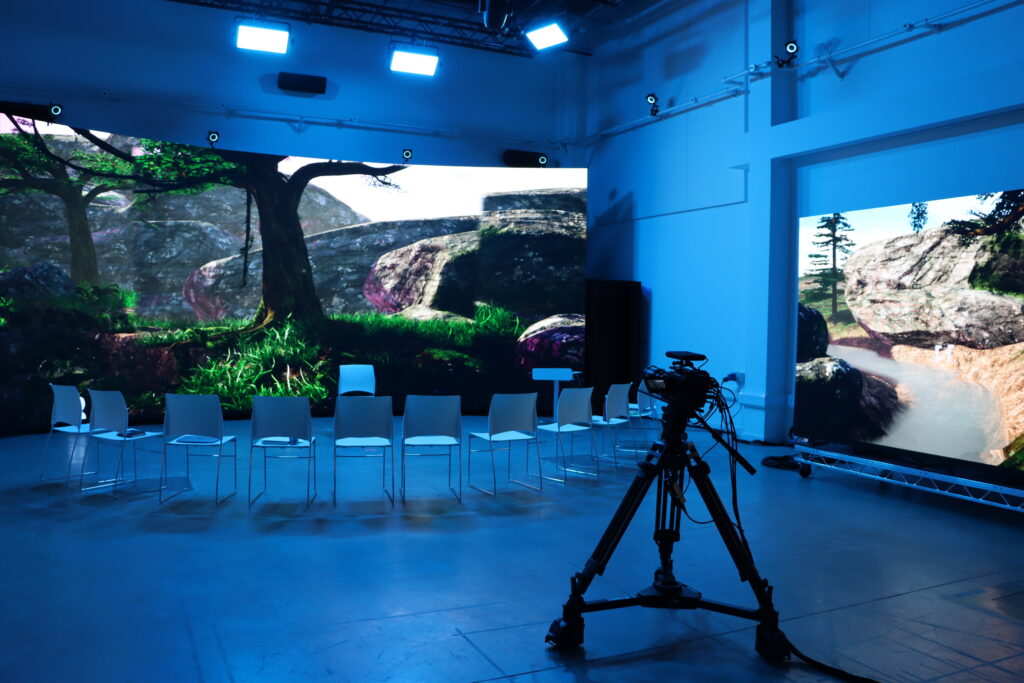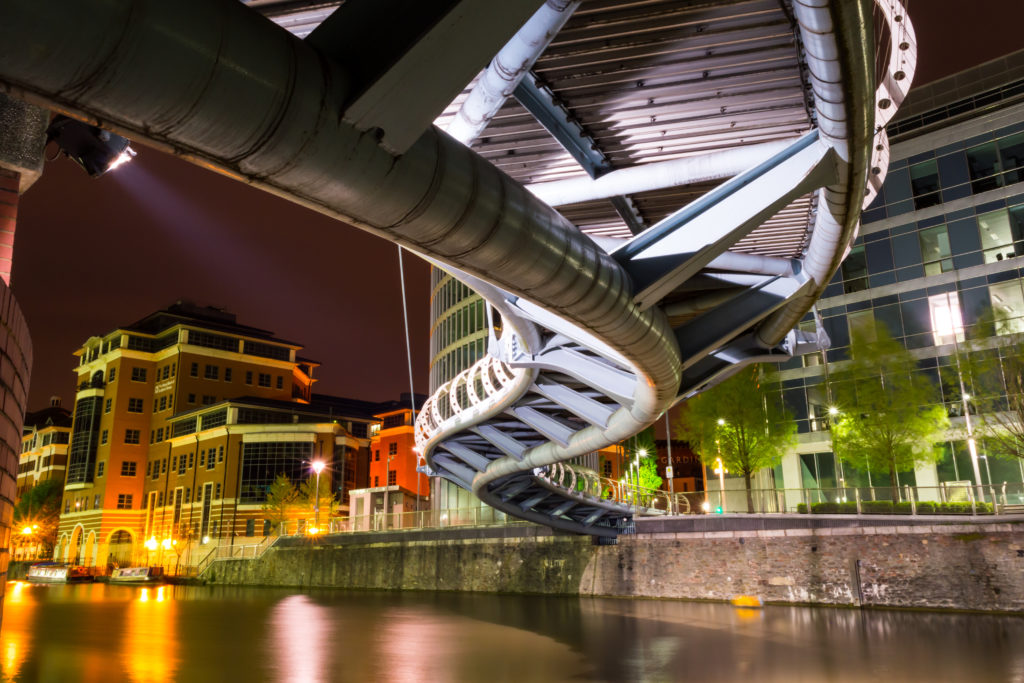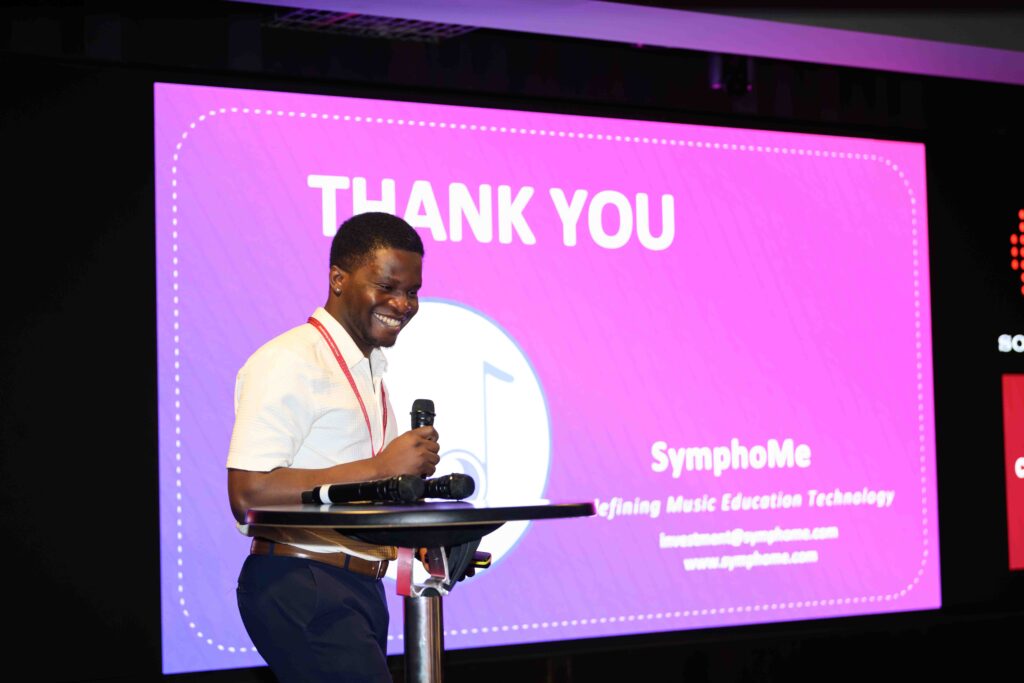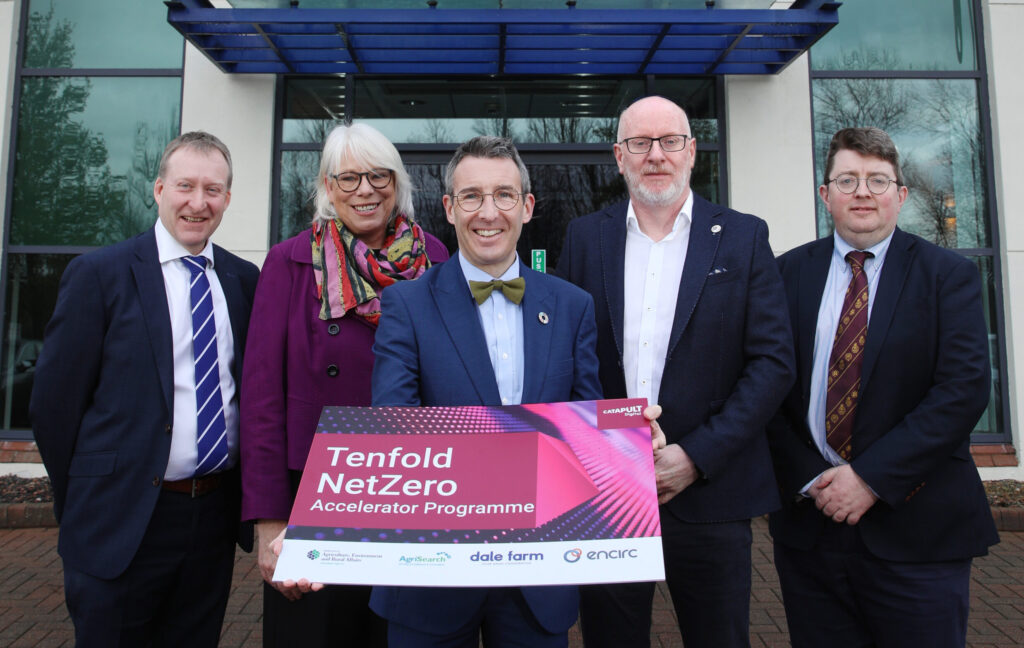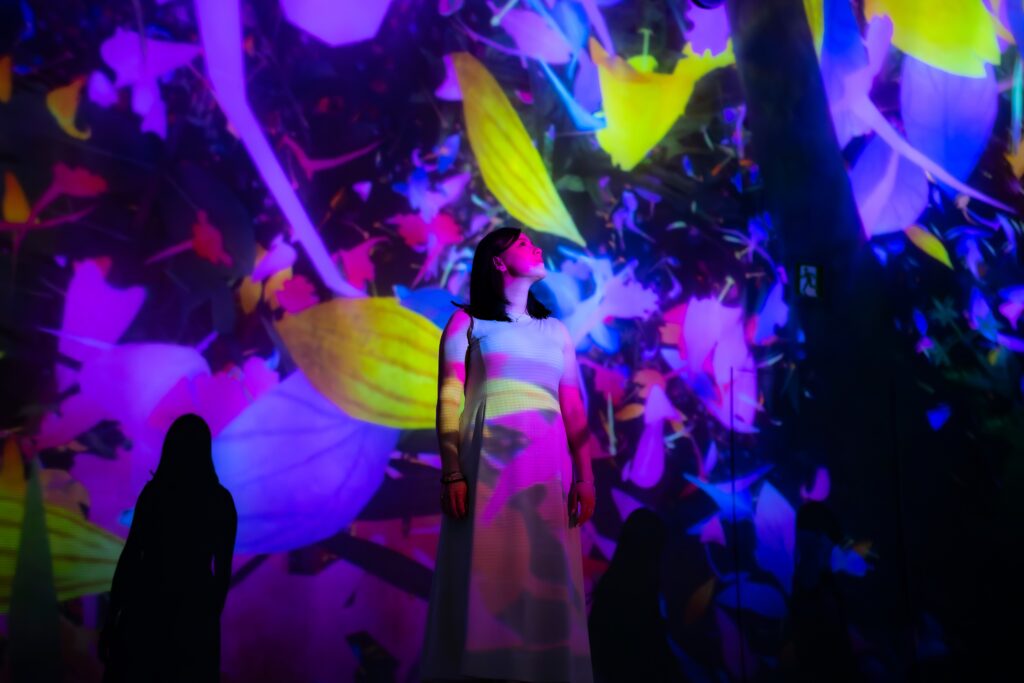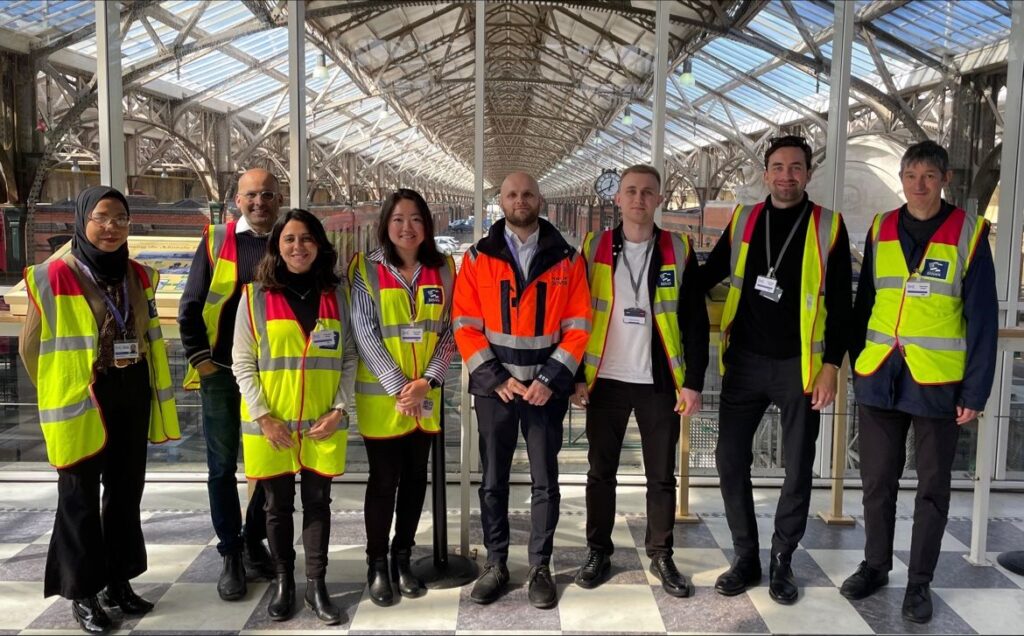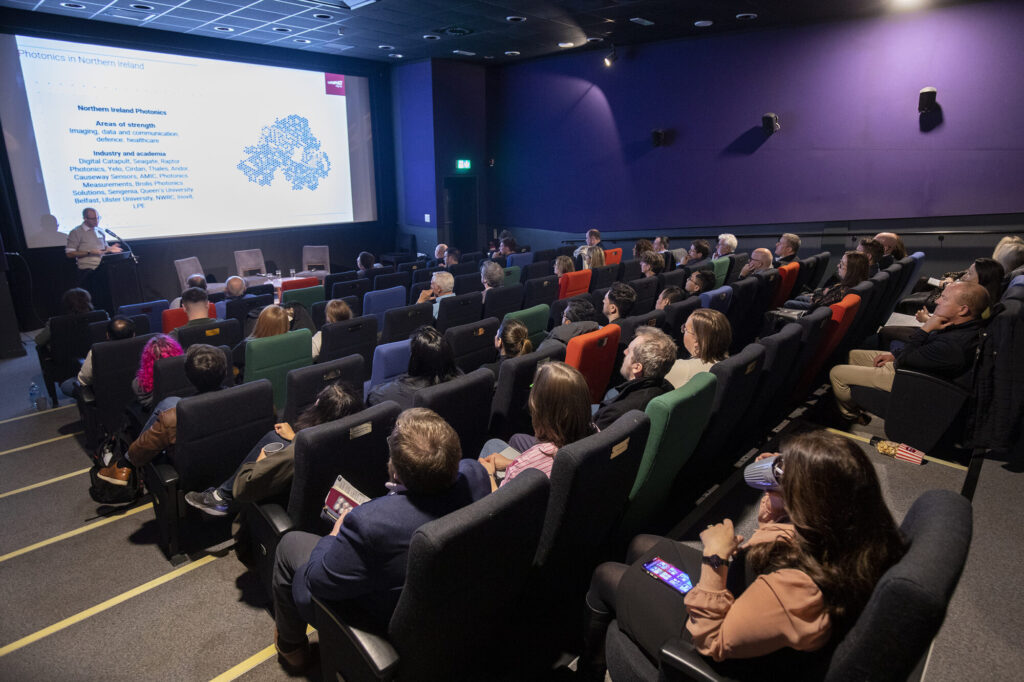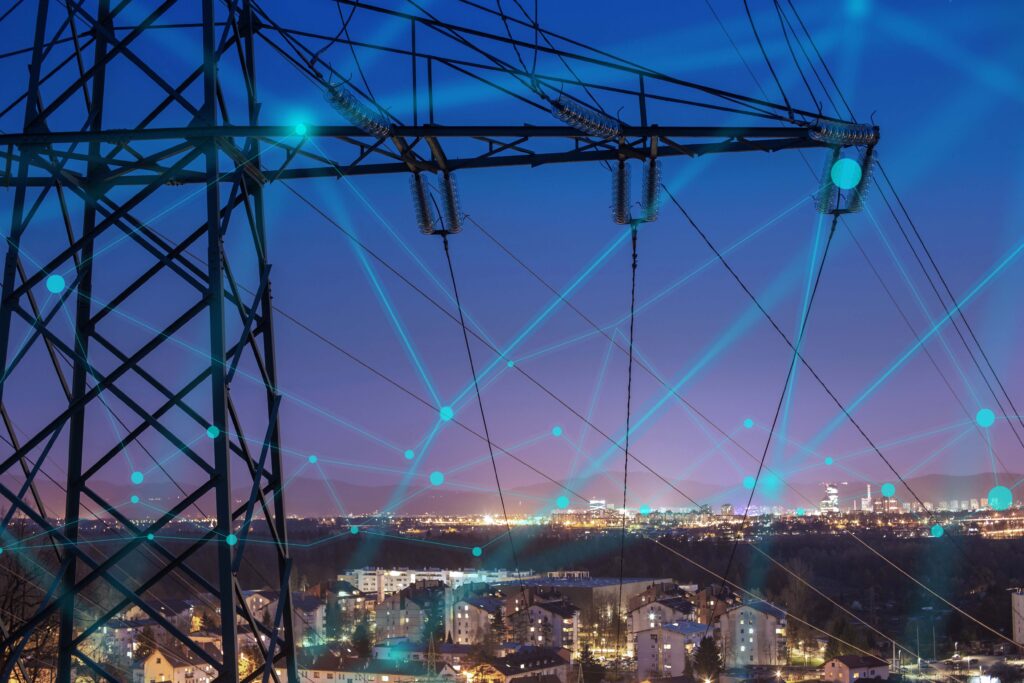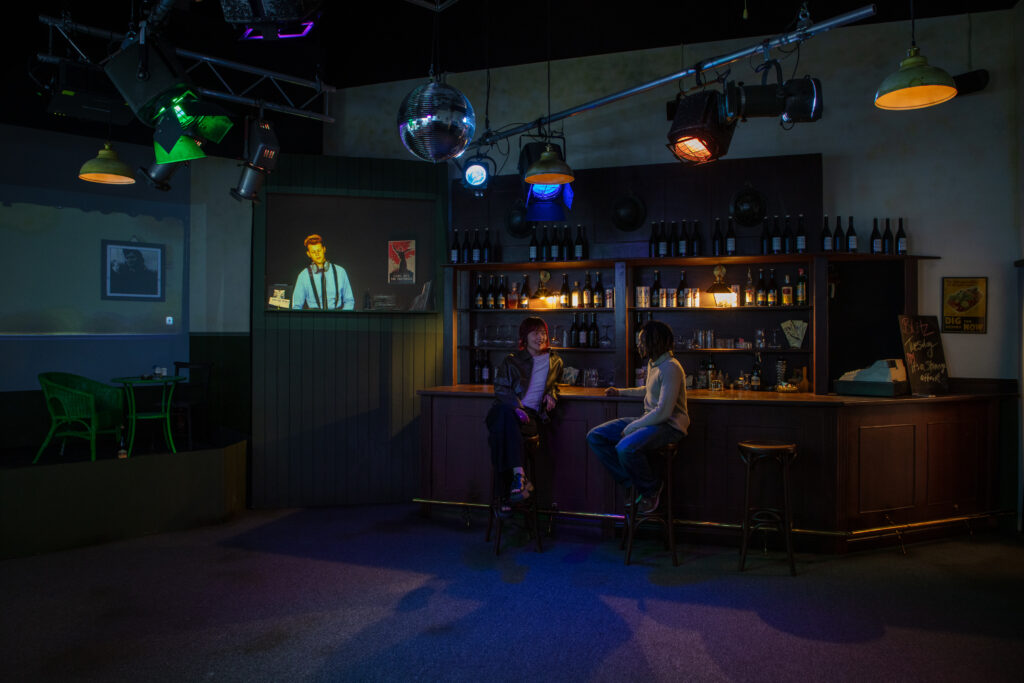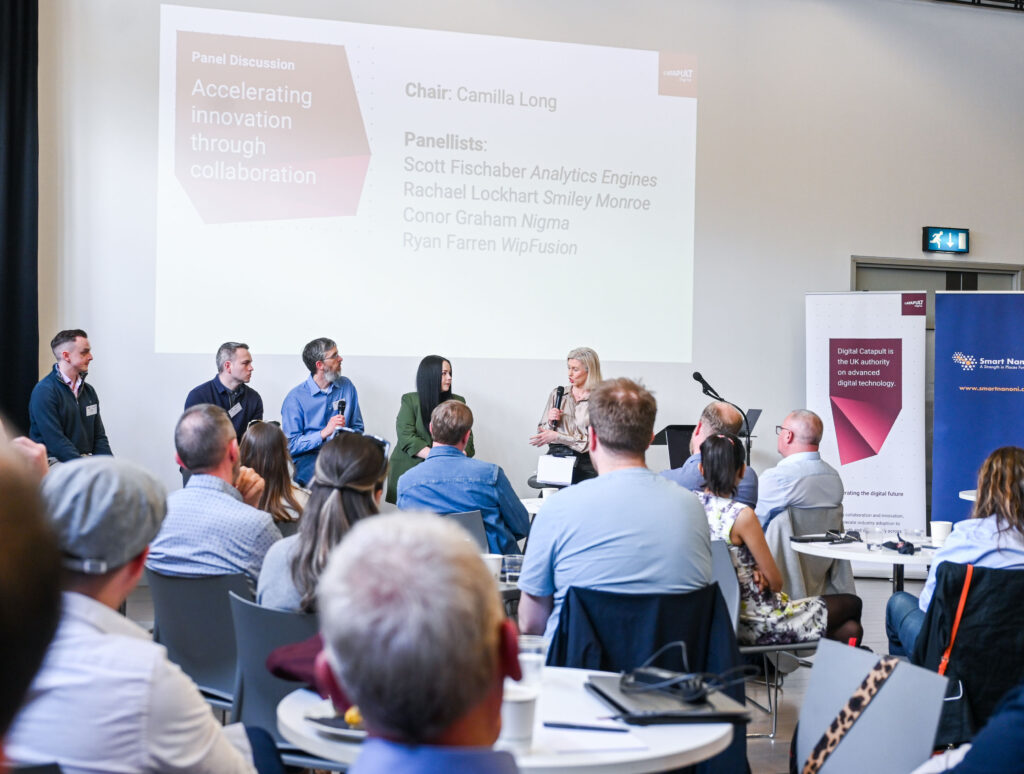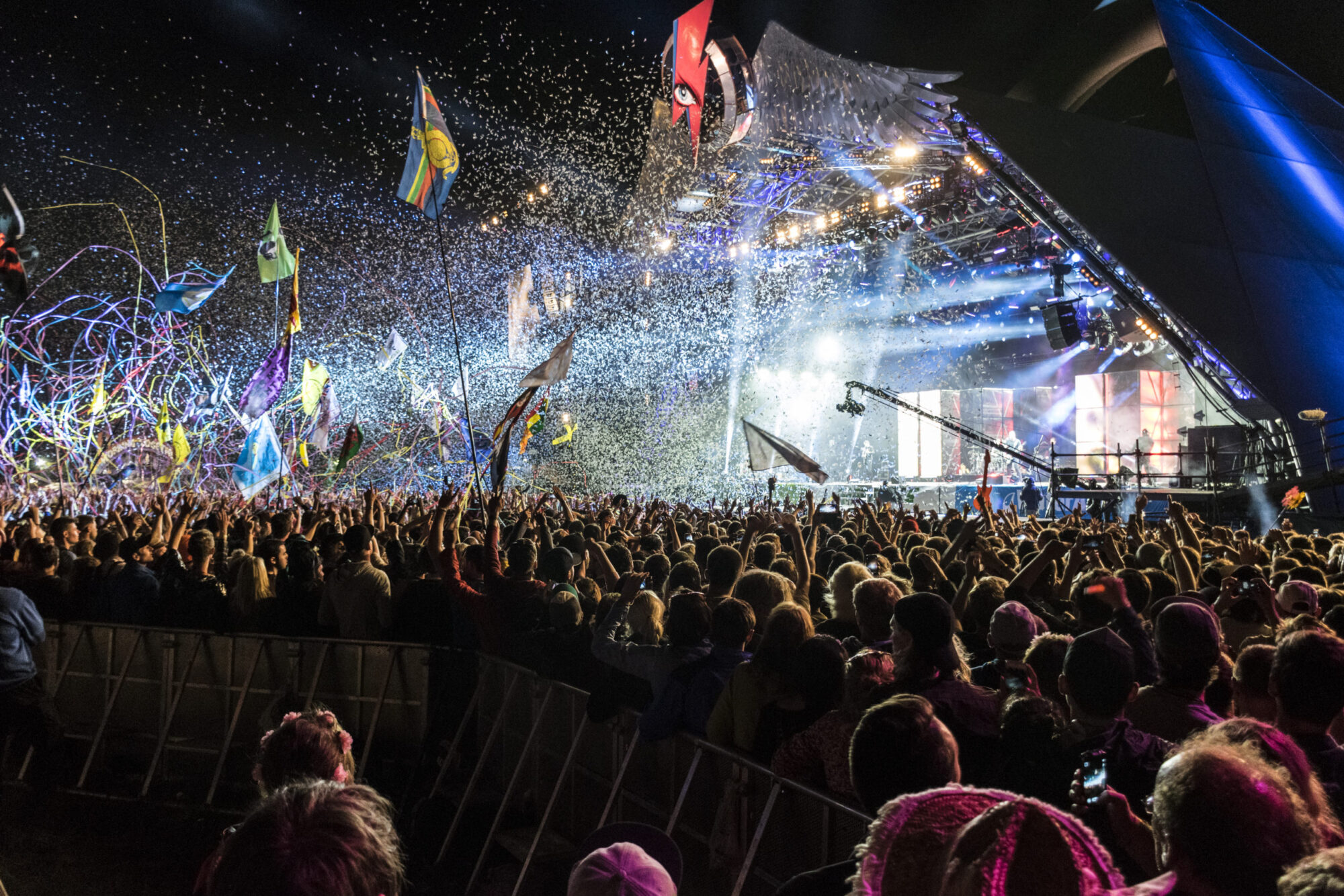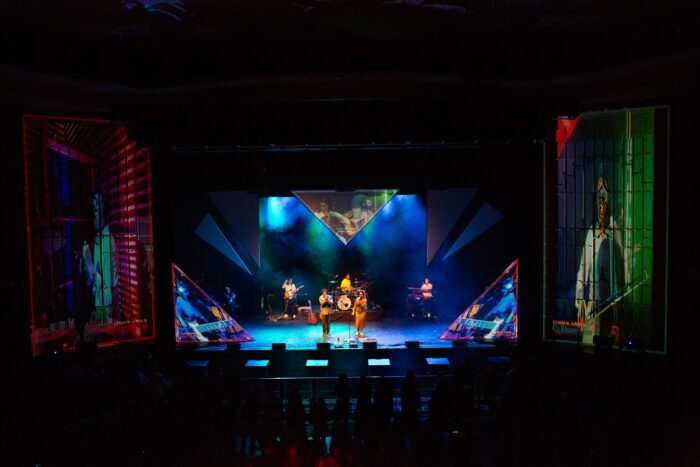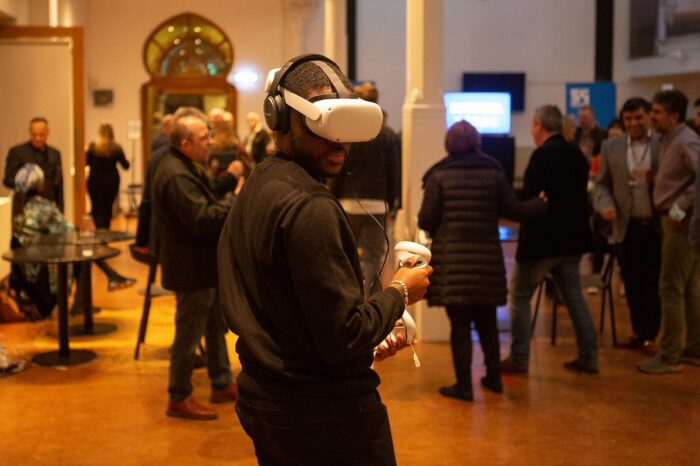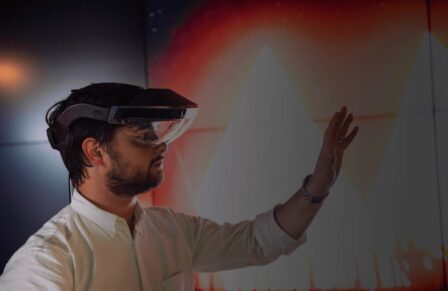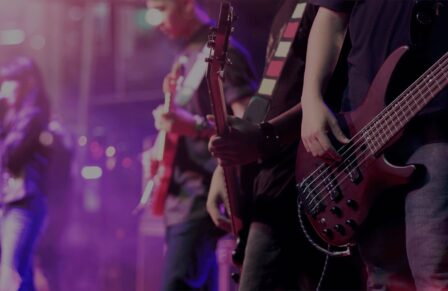Kostas Katsaros, Lead 5G Technologist, Digital Catapult
British summertime has well and truly arrived.
For many this means Pimm’s, strawberries and cream, rain showers and summer festivals. The mother of all music festivals, Glastonbury, kicks off next week with a star-studded, 50th birthday extravaganza that ended up being delayed two years in a row due to COVID-19.
The pandemic certainly brought several important questions for events organisers to the fore; how can I make events safe and secure for attendees? Can I deliver my entire event, or elements of it, remotely in a way that still retains an electric atmosphere for attendees? How can I futureproof against these challenges to avoid colossal loss of interest in my event – and therefore, income?
Bands, but no bandwidth
As COVID underscored, delivering virtual or hybrid event experiences is not without its challenges. We all know technical issues can mar any event; who could forget the ‘virtual’ Glastonbury festival last year where thousands of viewers found themselves unable to access the feed?
This year, Glastonbury’s technology partner EE predicts a 93% increase in data usage onsite – equivalent to 8 billion Instagram posts. But for festivalgoers, sharing their experiences direct from a field in Somerset can be anywhere between tricky and downright impossible; with tens of thousands uploading selfies or posting updates on TikTok, bandwidth is an ongoing issue as mobile networks become increasingly congested.
Whether virtual or in person, strong connectivity is key. It provides a ‘golden thread’ for other technologies that can transform audience experiences and unlock invaluable new revenue streams – and potentially entirely new business models – for organisers. The festivals of the future will have a range of advanced digital technologies at their disposal, bolstered by a superfast and super secure 5G connection, which promises to play a major role in how events are curated, delivered and experienced.
Here are just three ways:
- Multi-venue festivals
With its ability to transmit with low latency (delay), and ultra-high bandwidth, 5G connectivity is enabling art and music to cross geographical borders like never before, even across different venues.
Digital Catapult put this to the test in our 5G Festival showcase this year; a world-first performance which took place over three different iconic venues: Metropolis Studios, the O2 Blueroom at the O2 and Brighton Dome, with audiences split across the latter two locations. The core 5G infrastructure was based on Digital Catapult’s 5G testbeds in Brighton and London, linked with Virgin Media O2’s public 5G network.
Think about a major festival like Glastonbury where large distances between stages mean you may miss part of a set when your favourite artists overlap – this kind of capability, i.e. being able to watch experiential livestreams of a performance from the other side of the event – whether in a tent, or on your device – could be really powerful.










